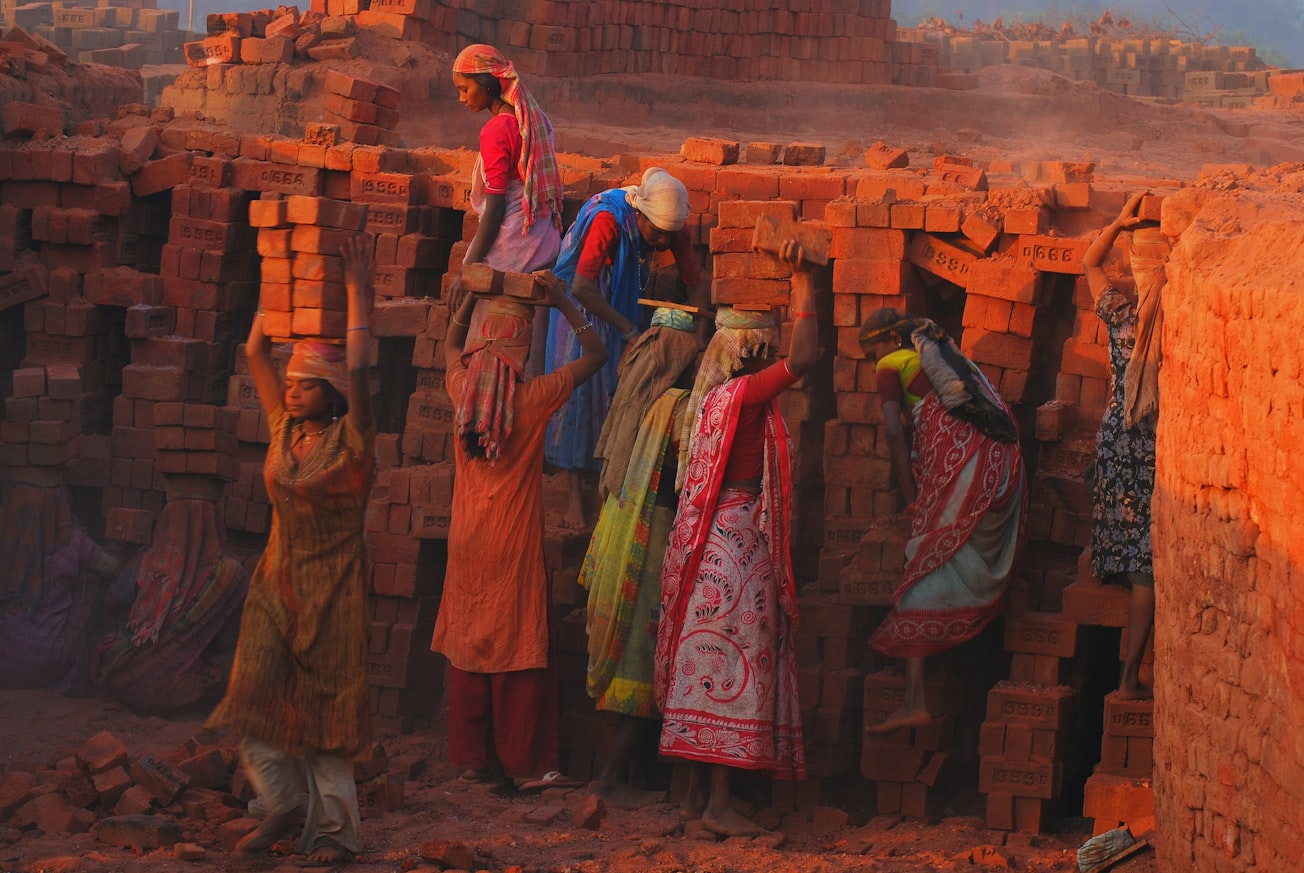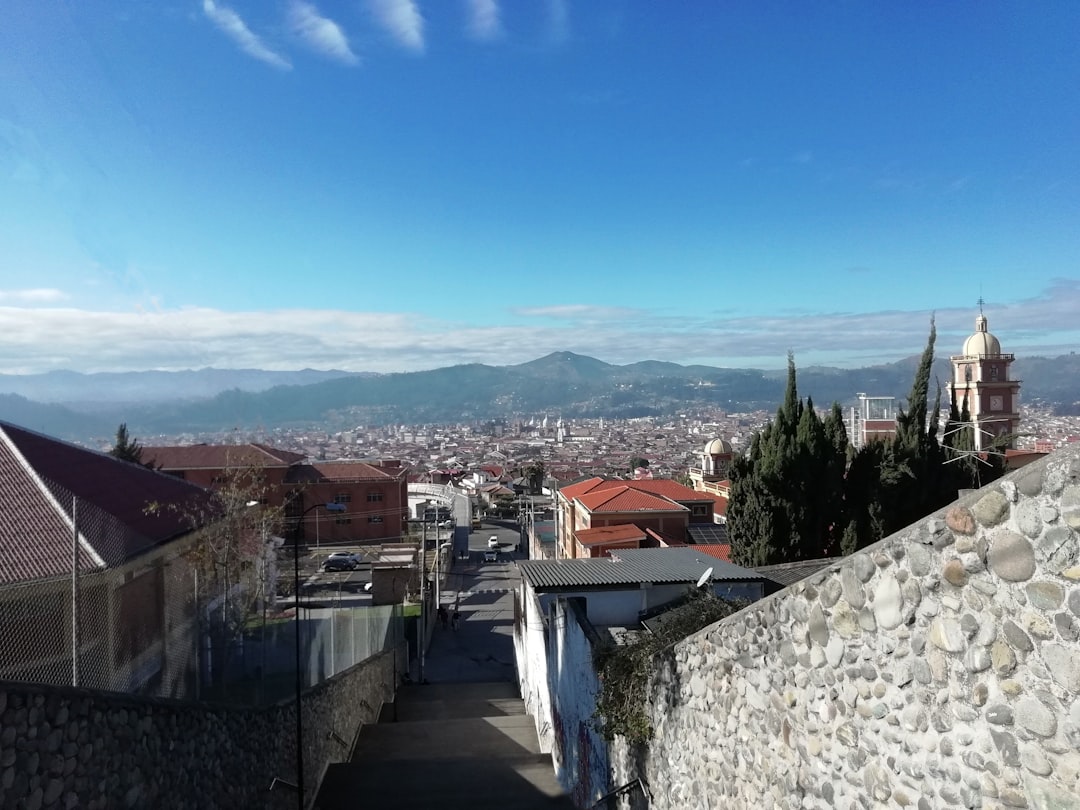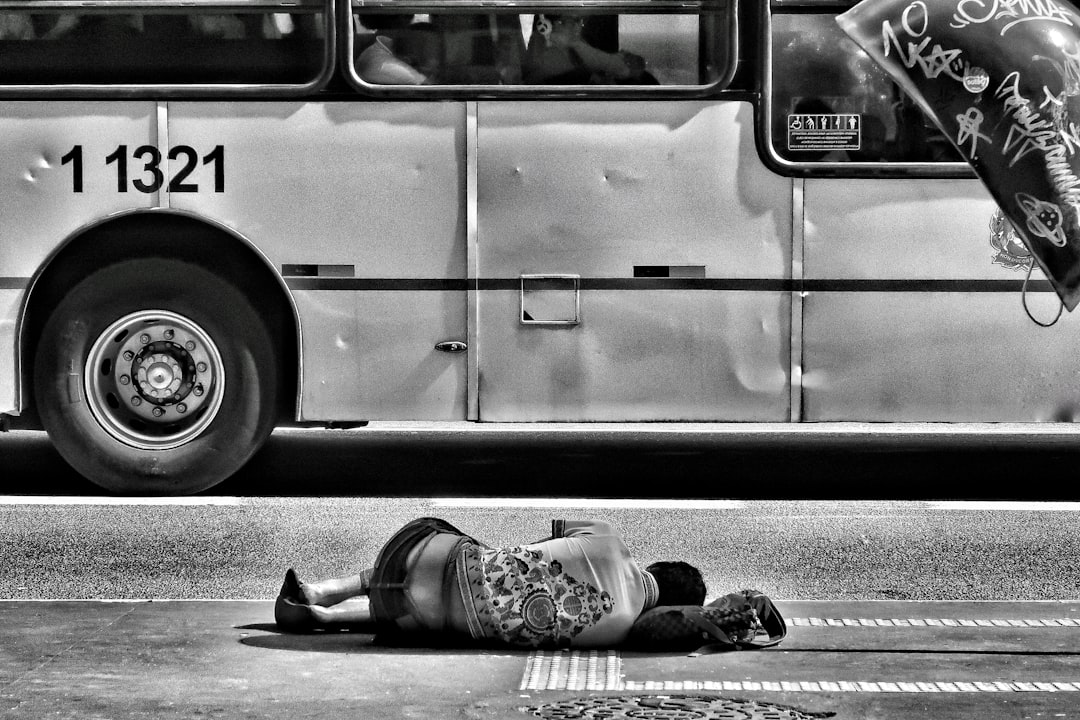What is it about?
With the simultaneous increase of natural hazards and land- and resource-vulnerable women in the rural coasts of Bangladesh, large- and medium-scale infrastructure and livelihood programs by Government and Non-Government-Organizations have been plenty. Yet, gender-responsive and livelihood-integrated infrastructure for these women’s adaptation against increasing coastal vulnerabilities has been scarce. This paper outlines an infrastructure framework for improving their livelihood resilience in the scarcity of similar research. A case study approach was assumed for this research. Based on a conceptual framework, In-depth interviews and Focused-Group-Discussions of vulnerable women and Key-Informant-Interview of NGO/Government respondents were primarily used for data collection at Latachapli – a disaster-vulnerable coastal village in Southwest Bangladesh. Findings were derived primarily through inductive thematic coding. Rural coastal women's livelihood vulnerabilities result from the lack of adequate, spatial/infrastructural, and integrated (socio-economic) facilities and institutions. There is a clear need for a community-level and gender-responsive spatio-physical platform to create income generation/livelihood diversification opportunities irrespective of seasonalities, skill/capacity development, and sharing/networking possibilities. Due to case-specificity, research findings are representative but not generalisable. Further research is needed, especially at the intersection of gender, inequality, and infrastructure design/planning regarding vulnerable women’s resilience. This proposed infrastructure framework can be considered for similar disaster-vulnerable rural coastal settings as a development policy and a physical infrastructure. This case study's in-depth probing into vulnerable coastal women's livelihoods contributes to a growing body of knowledge, highlights their complex needs, and re-conceptualises gender-responsive infrastructure in similar communities' sustainable development. It concedes that piecemeal funding for social services could be more effective if coordinated and allocated to appropriate engineering infrastructure. With access to proper community facilities and diverse livelihood opportunities all around the year (in this case, a multipurpose gender-sensitive infrastructure), communities would be more empowered to self-organise and support each other in delivering necessary soft services.
Featured Image

Photo by Pop & Zebra on Unsplash
Why is it important?
Rural coastal women’s livelihood vulnerability stems from poor household resource-ownership, access to community resources, income, and employment opportunity, education, and skills and healthcare access/support. Their livelihood opportunities, privacy/safety and participation in decision-making are affected by gender discrimination. Even in the presence of a few community infrastructures and good social relations, the impoverished state of gender-focussed infrastructure has further aggravated vulnerabilities. Thus in policy terms, a livelihood-prioritised (with diversification opportunities), gender-sensitive and accessible (to tackle inequality) and soft-hard balanced community platform from rural public/NGO institutions would benefit women’s resilience. This infrastructure platform, irrespective of seasonalities, should be a place for skill and capacity development and internal/external support/networking. Thus, piecemeal funding for social services could be more effective if coordinated with and allocated to appropriate hard infrastructure. With access to proper community facilities, as in a multipurpose gender-sensitive infrastructure, communities would be more empowered to self-organise and support each other in delivering necessary soft services/benefits. This case study suggests that funding/soft intervention for social services would be more effective if coordinated with and allocated to appropriate hard infrastructure. With access to appropriate community infrastructure facilities, marginal population would be empowered to self organise and support each other in the delivery of necessary soft services. Considering the limitation of a solitary case and a general lack of evidence and theorisation in global scholarship, further research is needed especially at the intersection of gender, inequality and infrastructure design/planning for vulnerable women’s resilience.
Perspectives
I hope this article would help readers to get the vulnerability scenario regarding livelihood, and gender dimensions in coastal rural women of Bangladesh. Addressing women's adaptive capacities this study urges readers to understand the need and potentials of a gender-responsive infrastructure for example a women-center that would make a sustainable rural settlement through improving women's socio-economic condition.
Md. Azharul Islam
Khulna University
Read the Original
This page is a summary of: Possibilities of a gender-responsive infrastructure for livelihood-vulnerable women's resilience in rural-coastal Bangladesh, Built Environment Project and Asset Management, February 2022, Emerald,
DOI: 10.1108/bepam-12-2020-0190.
You can read the full text:
Contributors
The following have contributed to this page










